
Search

Search

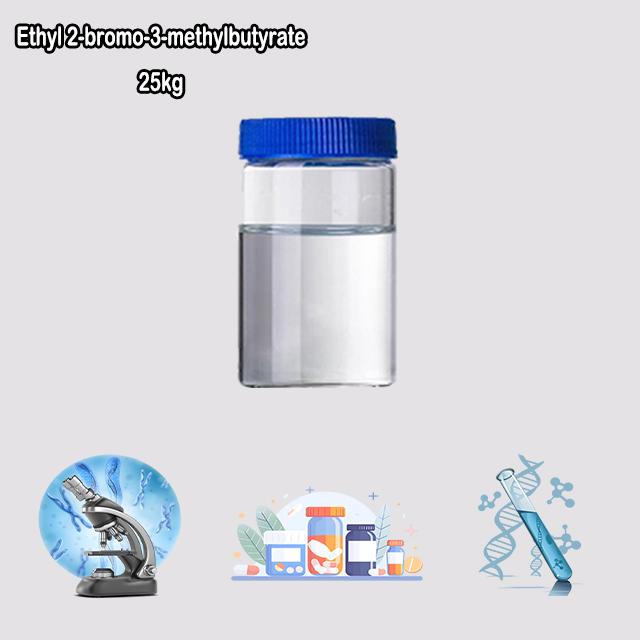

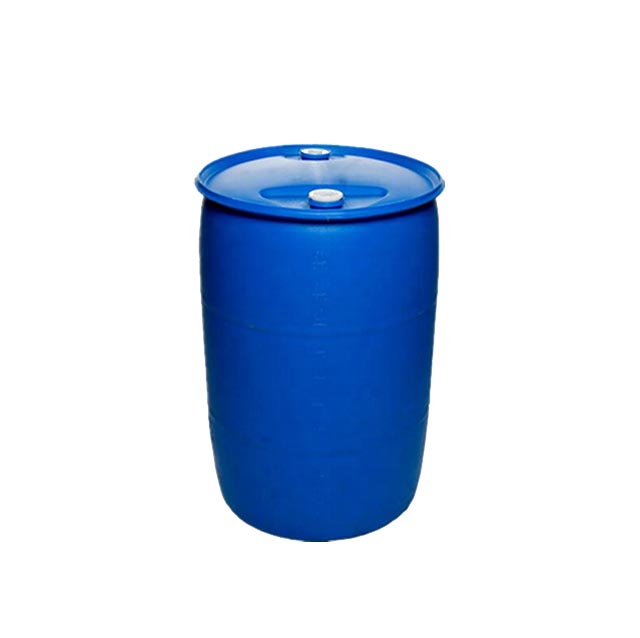
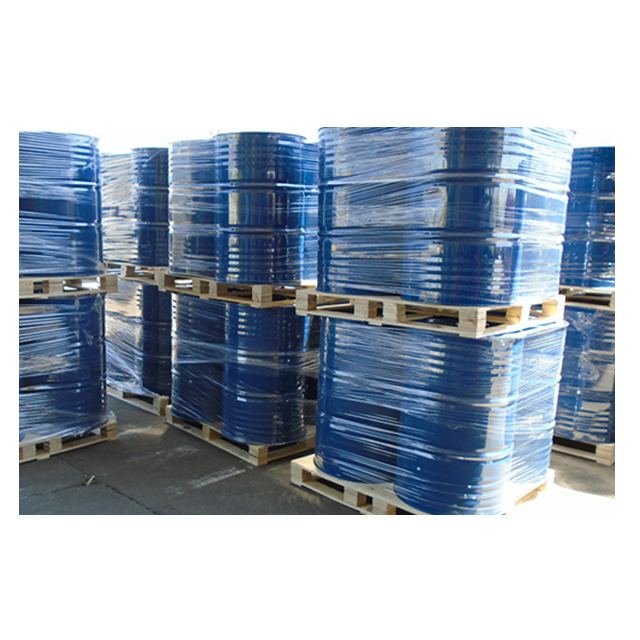
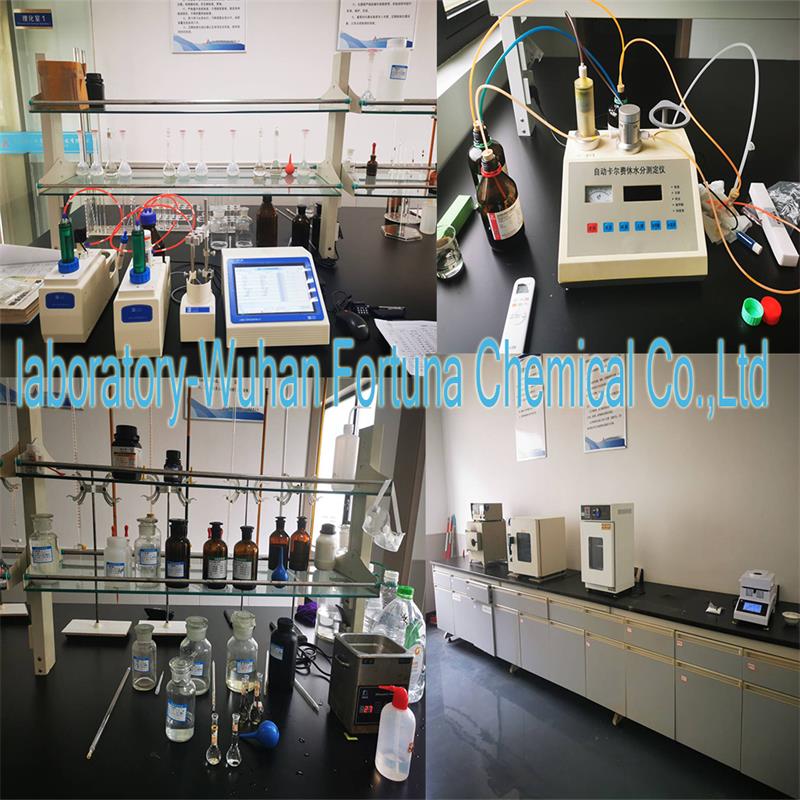





Ethyl 2-bromo-3-methylbutyrate is a specialized ester and alkyl halide used primarily as a building block in organic synthesis.
Its key features are:
Ester Group (-COOEt): Makes the molecule reactive towards nucleophiles and influences its boiling point and solubility.
Bromo Substituent (Br): Sits at the alpha position to the carbonyl, making it an α-halo ester. This is a highly reactive site for substitution reactions (e.g., nucleophilic substitution).
Branched Chain (3-methylbutyrate): The isopropyl-like group adds steric bulk, which can influence the stereochemistry and outcome of reactions.
Its primary use is as an alkylating agent for synthesizing more complex molecules, particularly in the preparation of fine chemicals and pharmaceuticals.
Items | Specifications | Results |
Appearance | Almost white crystalline powder | |
Solubility | (A)By IR absorption,To match with working standard (B)The retention time of the major peak of the sample solution corresponds to that of the I dentification solution,as obtained in the test for organic I mpurities; (C)I dentification tests chloride:Meets the requirements. | Corresponds |
Assay(HPLC) | 99.0%~101.0% | 99.66% |
Residue on Ignition | ≤0.2% | 0.12% |
Heavy metals | ≤20ppm | corresponds |
Acidity or alkalinity | Not more than 0.1 ml of 0.01mol/L hydrochloric acid or 0.01mol/L sodium hydroxide | Not more than 0.1 ml of 0.01mol/L hydrochloric acid or 0.01mol/L sodium hydroxide |
Related substances | Impur:A、B、C、D and E:max,0.1% Any other impur:max,0.2% Disregard limit:0.05% | Impur:A、B、C、D and E:max,0.05% Any other impur:max,0.10% Disregard limit:0.02% |
Loss on drying(105℃) | ≤1.0% | 0.26% |
Conclusion | The above mentioned product conforms to USP43. | |
| Product parameters | |
| Cas number: | 609-12-1 |
| Appearance: | Colorless transparent liquid |
| Purity: | 99%min |
| Package details: | 250kg/drum |
| Brand: | Fortunachem |
Ethyl 2-bromo-3-methylbutyrate is a monofunctional organic compound belonging to two important classes: α-halo esters and esters. Its molecular structure, CH₃CH(CH₃)CH(Br)COOCH₂CH₃, integrates several key features:
Ester Functional Group (-COO-): The core of the molecule is a carboxylic ester, formed from 2-bromo-3-methylbutanoic acid and ethanol. This group confers moderate polarity and is responsible for the compound's characteristic, often fruity, odor.
Halogen Substituent (Bromine): A bromine atom is attached to the alpha carbon (the carbon atom directly adjacent to the carbonyl carbon). This defines it as an α-halo ester, a property that dominates its chemical reactivity.
Branched Carbon Chain (3-methylbutyrate skeleton): The carbon backbone is branched, featuring a -CH(CH₃)₂ (isopropyl) group adjacent to the alpha carbon. This introduces significant steric bulk, which profoundly influences the compound's reactivity and the stereochemical outcome of its reactions.
The combination of the electron-withdrawing carbonyl group and the bromine atom on the same carbon makes Ethyl 2-bromo-3-methylbutyrate a highly versatile and electrophilic synthetic building block.
Reactivity as an Alkyl Halide (SN2 vs. SN1):
The alpha-carbon is electrophilic and susceptible to nucleophilic substitution. However, the reaction pathway is heavily influenced by the adjacent branched chain.
The steric hindrance from the isopropyl group significantly hinders a direct backside attack (S<sub>N</sub>2 mechanism).
Instead, the molecule favors S<sub>N</sub>1-type reactivity. The ester's carbonyl group can stabilize a developing positive charge (carbocation) on the alpha carbon through resonance, facilitating the formation of a planar, carbocation-like transition state. This makes the bromine a good leaving group.
Enhanced Acidity of the α-Proton:
The alpha-protons (on the carbon between the Br and the carbonyl) are more acidic than typical alkane protons. This is due to the electron-withdrawing effect of both the ester and bromine groups, which stabilize the resulting enolate anion. This allows for deprotonation with strong bases, enabling reactions like enolate alkylation.
This compound is predominantly used as an electrophilic building block in multi-step organic synthesis.
Alkylation Agent: Its most common use is in the alkylation of enolates, particularly in the synthesis of α-substituted carbonyl compounds. For example, it is used to alkylate the enolates of malonate esters (malonic ester synthesis) or acetoacetate esters (acetoacetic ester synthesis) to introduce the branched 2-bromo-3-methylbutyl chain. Subsequent hydrolysis and decarboxylation yield complex carboxylic acids.
Formation of New Carbon-Carbon Bonds: Through nucleophilic substitution, it can be used to attach its carbon skeleton to various nucleophiles like cyanide (CN⁻), alkoxides, or other carbon nucleophiles, thereby extending molecular frameworks.
Introduction of Chirality: Because the alpha-carbon is a chiral center (especially when the nucleophile attacks the planar, carbocation-like transition state), reactions with this molecule can lead to the formation of new stereocenters. It is often used in racemic form, but its reactivity can be exploited in diastereoselective reactions when paired with a chiral substrate or catalyst.
Ethyl 2-bromo-3-methylbutyrate is a valuable intermediate in the fine chemical and pharmaceutical industries. Its structure is a useful precursor for synthesizing more complex molecules that contain branched alkyl chains, such as certain flavorings, fragrances, and active pharmaceutical ingredients (APIs) where the sterically hindered structure is a key pharmacophore.
In summary, Ethyl 2-bromo-3-methylbutyrate is a sterically hindered α-halo ester whose synthetic utility stems from its dual functionality. Its primary role is to serve as an electrophilic reagent for introducing a specific, branched carbon skeleton into a target molecule, enabling the efficient construction of complex organic structures.
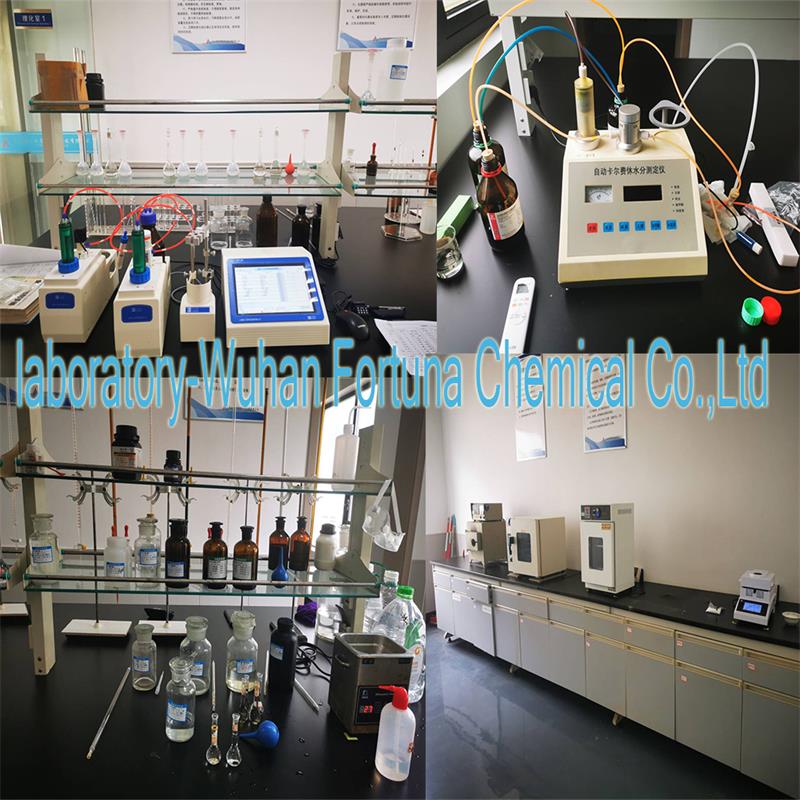




Fortunachem Provides Not Only Professional Chemical Products But Also Professional Help
Keeping you up-to-date with all the latest information, news, and events about Fortunachem!

Quick Links
Add:
E-mail:
 English
English  Español
Español  français
français  العربية
العربية 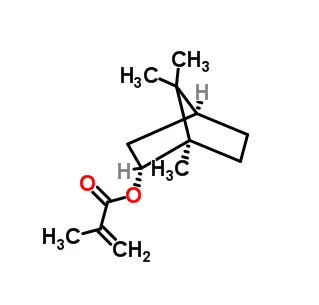
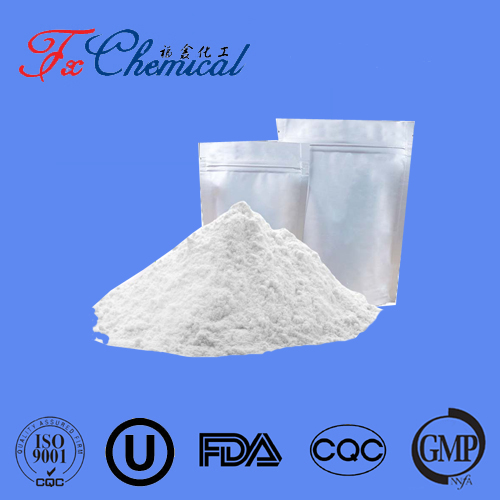
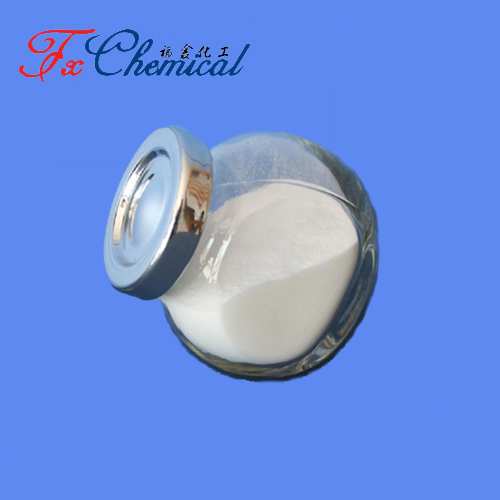
![2-[(1S,2S)-1-Ethyl-2-bezyloxypropyl]-2,4-dihyd CAS 184177-83-1 2-[(1S,2S)-1-Ethyl-2-bezyloxypropyl]-2,4-dihyd CAS 184177-83-1](/uploads/image/20220223/10/sucrose-octaacetate-2.jpg)



